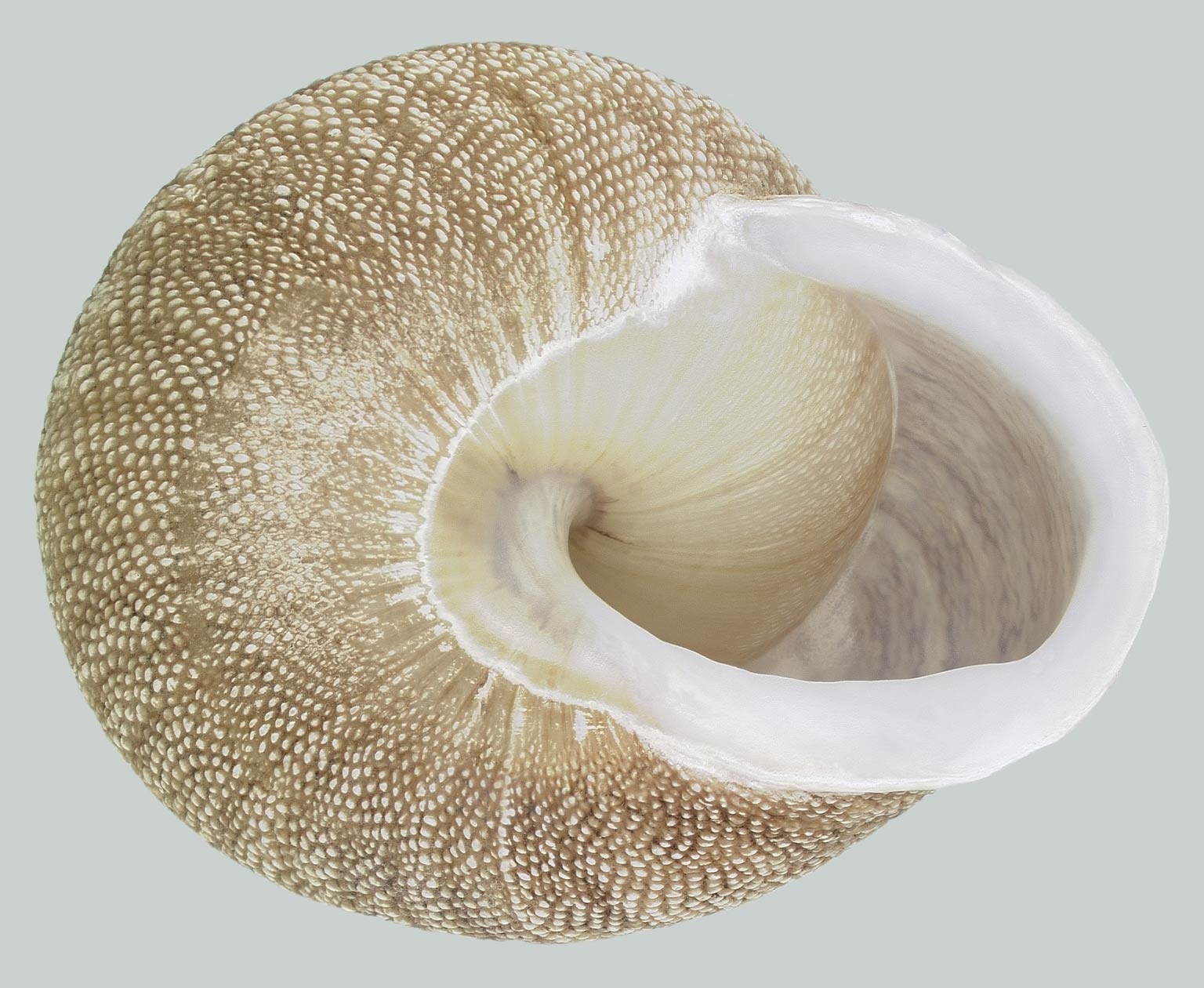Granodomus lima
|
Granodomus lilma. (Photo: © Father A.J. Sanchez Munoz, Father Sanchez's Website of West Indian Natural History) |
|
Granodomus lilma. (Photo: © Father A.J. Sanchez Munoz, Father Sanchez's Website of West Indian Natural History) |
|
Granodomus lilma. (Photo: © Father A.J. Sanchez Munoz, Father Sanchez's Website of West Indian Natural History) |
|
Granodomus lilma. (Photo: © N. Wright, FDACS) |
|
Granodomus lilma. (Photo: © N. Wright, FDACS) |
Family
Camaenidae
Species
Granodomus lima (Ferussac, 1821)
Common name
Rasping nipple snail
Description
The shellShell:
A hard, inflexible, calcareous or chitinous structure that vary in size and may either completely encasing the animal, covering some part of it or be internal.
size is 25-35 mm, with 4-5 whorlsWhorls:
Pleural of whorl. A whorl is a complete spiral turn/growth of the shell of a mollusc. The whorls are counted from the apex outwards.
. The heliciform shellShell:
A hard, inflexible, calcareous or chitinous structure that vary in size and may either completely encasing the animal, covering some part of it or be internal.
has regularly spaced, small raised bumps that are more prominent on the body whorlBody whorl:
The large, final coil (most recently formed) of a mollusc shell that contains the body of the snail, i.e. from the aperture to approximately one whorl back.
. The shellShell:
A hard, inflexible, calcareous or chitinous structure that vary in size and may either completely encasing the animal, covering some part of it or be internal.
is light brown in color and there are no color markings present. The shellShell:
A hard, inflexible, calcareous or chitinous structure that vary in size and may either completely encasing the animal, covering some part of it or be internal.
is dull in appearance (not glossy). It has a low spireSpire:
All the coils (whorls) of a shell above the body whorl.
and the animal is capable of retracting completely into its shellShell:
A hard, inflexible, calcareous or chitinous structure that vary in size and may either completely encasing the animal, covering some part of it or be internal.
. Only dextralDextral:
Having the opening of the shell on the right side when oriented so that the apex is upwards and the aperture is facing you.
individuals exist. The body of the animal is dark brown with a pale brown footFoot:
The muscular organ on the undersurface of the body of a mollusc upon which the animal rests or uses to crawl.
and blue-black tentaclesTentacles:
Sensory projections on the head end of a mollusc. There are generally two pairs; upper (posterior) and smaller, lower (anterior). The upper pair bears the eyes. In many snails the eyes are located at the tips of this structure; however, in Basommatophoran snail species, the eyes are located at the base of the tentacles.
.
Distribution
Caribbean: Puerto Rico
Ecology
This pest species is mainly a contaminant. It has been intercepted many times on crushed automobiles from Puerto Rico.
Synonyms
- Polydontes lima
References
Wade et al. 2006Wade et al. 2006:
Wade, C.M., P.B. Mordan and F. Naggs. 2006. Evolutionary relationships among the pulmonate land snails and slugs (Pulmonata, Stylommatophora). Biological Journal of the Linnaean Society 87: 593-610.



